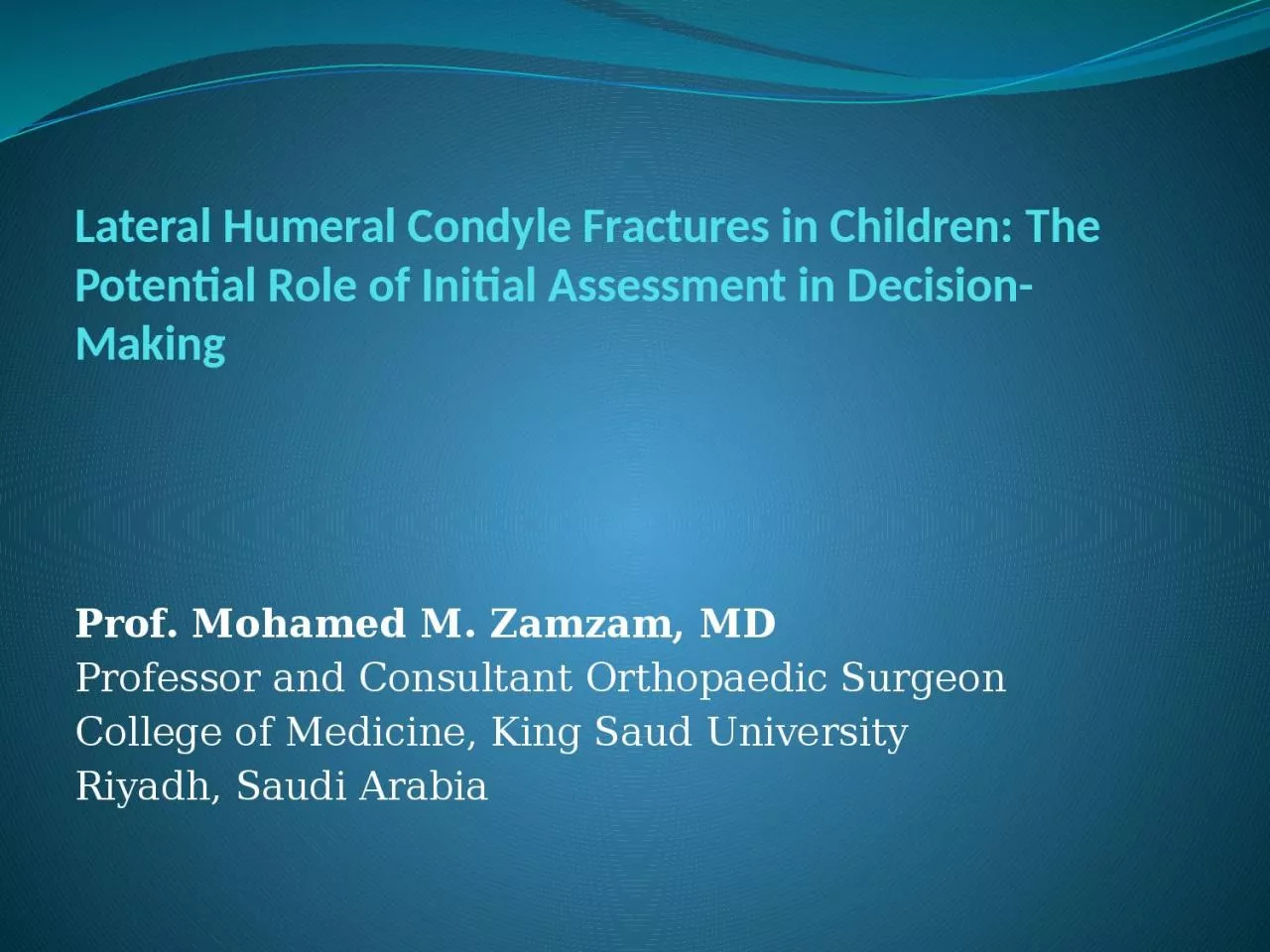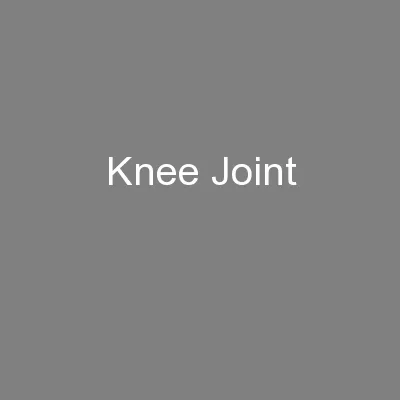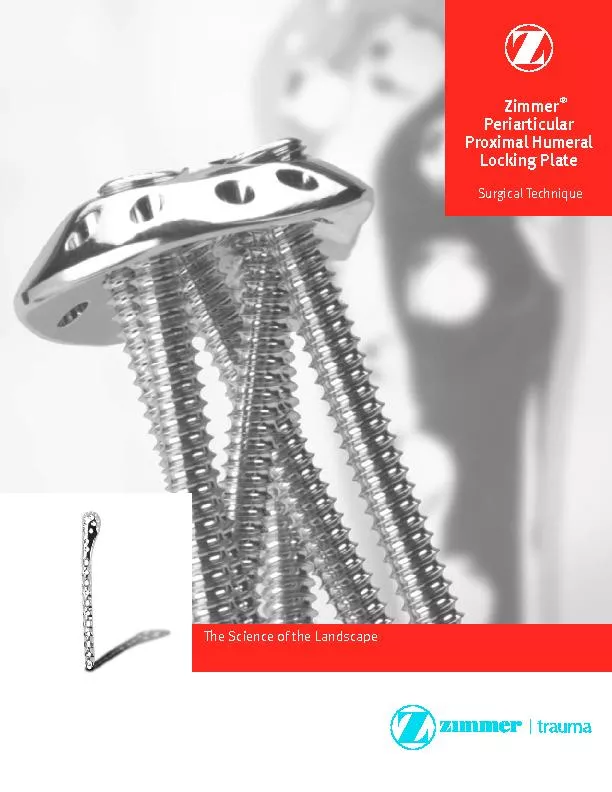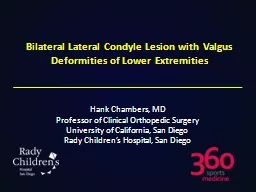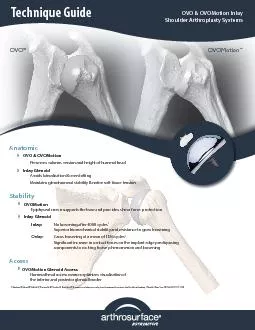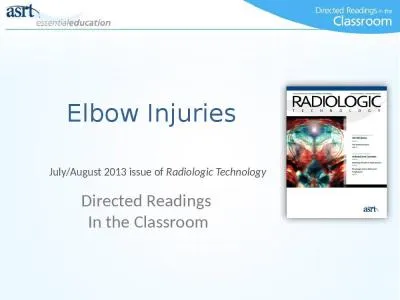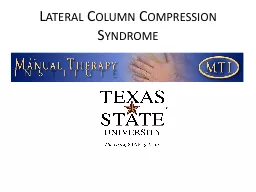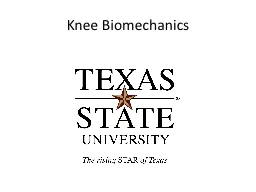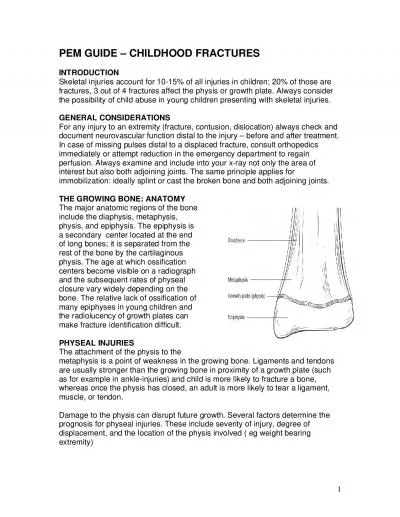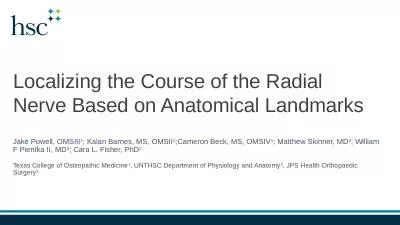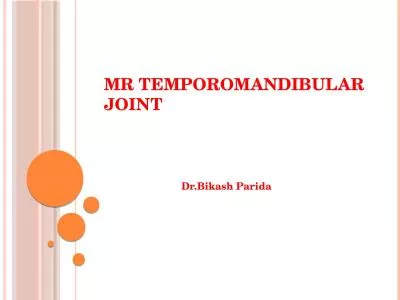PPT-Lateral Humeral Condyle Fractures in Children:
Author : LuckyLadybug | Published Date : 2022-08-03
The Potential Role of Initial Assessment in DecisionMaking Prof Mohamed M Zamzam MD Professor and Consultant Orthopaedic Surgeon College of Medicine King Saud
Presentation Embed Code
Download Presentation
Download Presentation The PPT/PDF document "Lateral Humeral Condyle Fractures in Chi..." is the property of its rightful owner. Permission is granted to download and print the materials on this website for personal, non-commercial use only, and to display it on your personal computer provided you do not modify the materials and that you retain all copyright notices contained in the materials. By downloading content from our website, you accept the terms of this agreement.
Lateral Humeral Condyle Fractures in Children:: Transcript
Download Rules Of Document
"Lateral Humeral Condyle Fractures in Children:"The content belongs to its owner. You may download and print it for personal use, without modification, and keep all copyright notices. By downloading, you agree to these terms.
Related Documents

